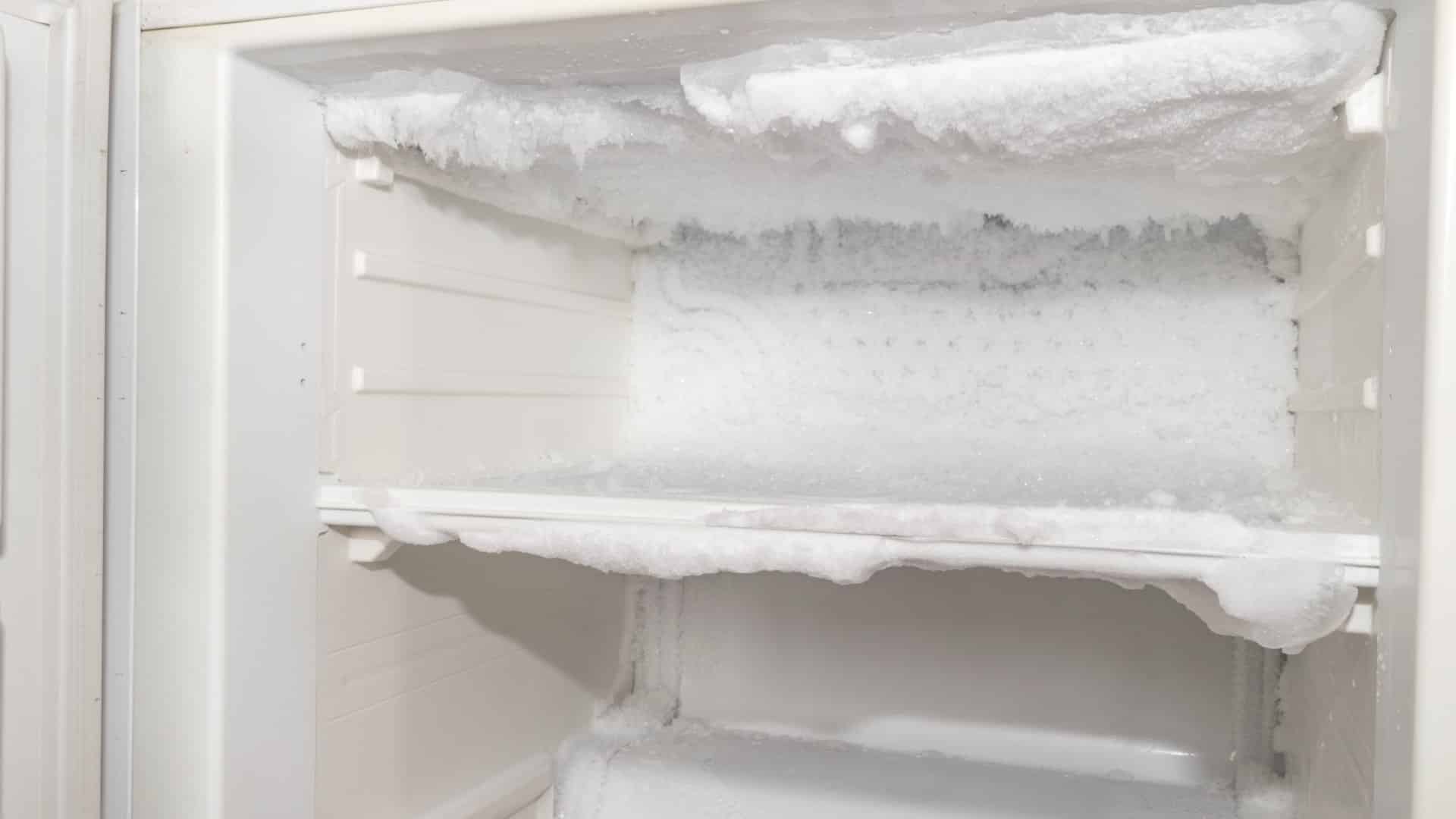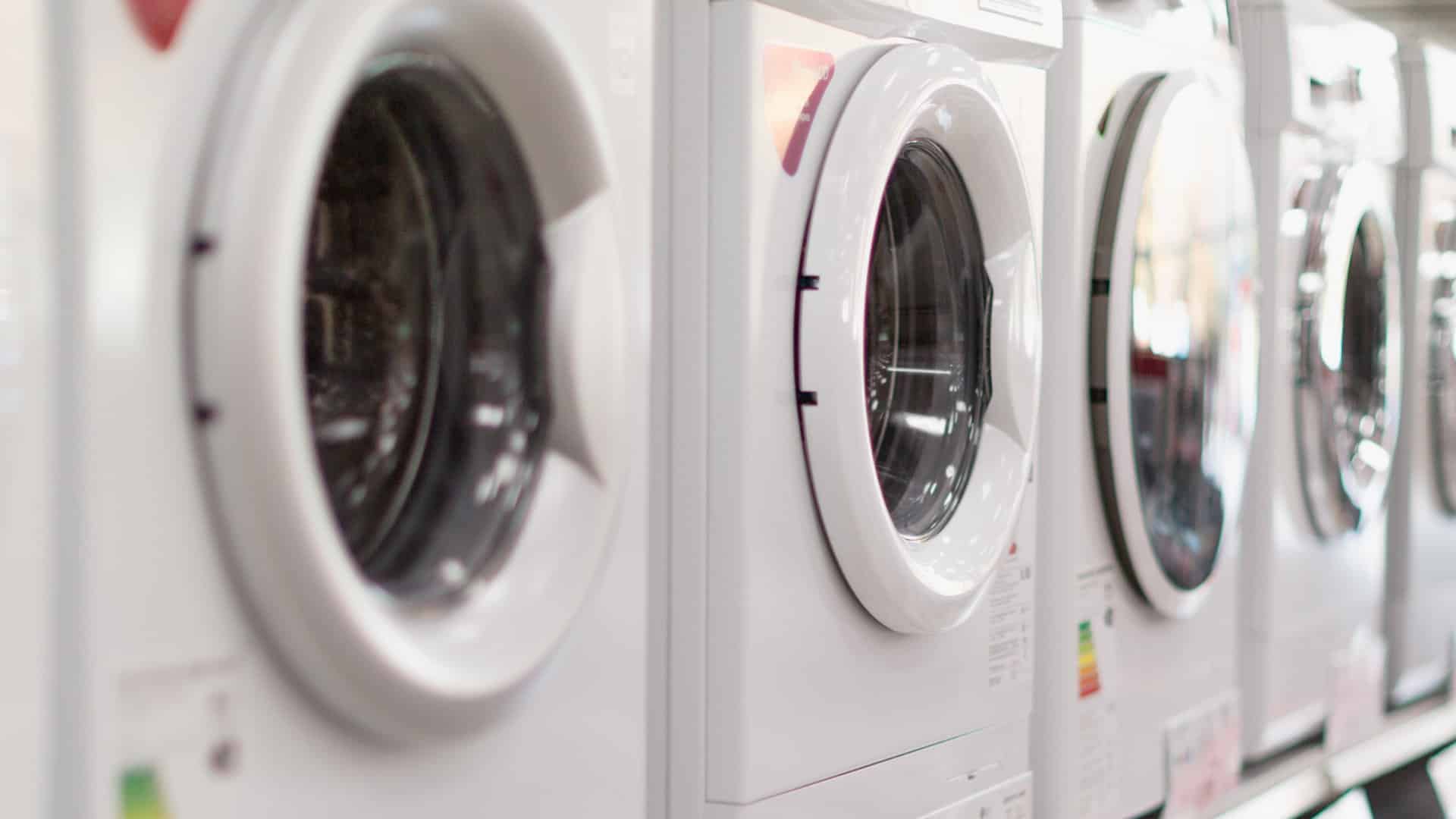
Knowing what temperature your freezer should be set to is key to ensuring that food items are safely preserved and that the appliance functions efficiently. Simply put, you should always set your freezer’s temperature to 0° F or lower to keep food safe.
Let’s explore why this is the ideal temperature, how to set the temperature, how to tell if your freezer is cold enough, and other temperature-related tips.
Why you should set your freezer to 0°F or lower
Storing your food at 0° F or colder will ensure that it is safe because it’s the temperature that prevents bacteria or mold from growing. Most food items can be stored at this temperature indefinitely and will remain safe to eat, assuming they are prepared or cooked appropriately.
Keep in mind that, while deviating a few degrees lower from this temperature is okay, a freezer that is too cold could impact the quality of the food, since larger ice crystals will form, damaging the cell structure of the food. On the other hand, a freezer that is too warm could lead to food spoiling quicker, issues with the ice maker if your refrigerator has one, frost build-up, and other issues.
Setting the freezer temperature correctly also allows the freezer to operate efficiently, whereas keeping it too cold or warm can increase the energy consumption of your appliance.
How to set the temperature
How to set the temperature will depend on which model of freezer you have, and whether it is a standalone freezer or part of a refrigerator. Many modern refrigerators have a digital control panel that you can use to set the freezer temperature in degrees.
However, some freezers have a temperature dial or buttons that you turn or press to set the temperature to a general range, especially older models. If you’re unsure, refer to your freezer’s user manual for specific instructions.
How to tell if your freezer is cold enough
Assuming you’ve set the temperature correctly, there are a few ways to tell whether your freezer is actually maintaining the desired temperature.
- Use a thermometer: Place an appliance thermometer inside the freezer to check that the right temperature is being reached and maintained.
- Soft ice cream: If the ice cream you store in your freezer is overly soft, rather than solid, that’s a clear sign that your freezer is too warm.
- Excessive frost: If you notice a lot of frost buildup inside the freezer, this is a sign that the temperature is too warm or cold. Freezers should only have a thin layer of frost around the interior, or no frost at all, since many freezers are designed to be frost-free.
What to do if your freezer is too warm
If you find that your freezer is too warm despite setting the temperature correctly, here are a few things you can do:
- Don’t leave the door open for long periods.
- Check that the door seal is not damaged or dirty.
- Keep the freezer about 80% full to help retain the cold air.
- Let your food cool before storing it inside.
- Check to make sure the air vents aren’t blocked by items or ice.
- Clean the condenser coils if they are dirty.
- Have a professional inspect your freezer for a faulty component and service it if necessary.
What to do about freezer burn?
Freezer burn is defined as dry spots on food that cause a change in flavor or texture, making your food unappetizing. It happens when food items are exposed to cold, dry air in the freezer, which dehydrates them.
Freezer burn can be linked to an incorrect temperature, which can happen if the temperature in the freezer fluctuates. More commonly, it happens when food items are not packaged properly in air-tight containers, bags, or wrapping.
To resolve this issue, ensure food is not exposed directly to the cold, dry air in the freezer by storing it in containers with lids, tight wrapping, or sealed bags.
Can the ambient temperature affect the freezer?
Yes, the ambient temperature where your freezer is located can affect its performance. For instance, if your freezer is stored in the garage, you may need to set the temperature a few degrees lower during the warmer months to account for higher ambient temperatures.
Excessively cold ambient temperatures can also make your freezer work harder to maintain the correct temperature, leading to increased energy consumption. Freezers run optimally in ambient temperatures of 50° F to 85° F. If you expect the ambient temperature to fluctuate significantly beyond this range, you should take measures to control the temperature of the space or relocate the freezer.
What to do if there is a power outage
If there is a power outage, especially a prolonged one lasting more than a day, it can cause the freezer to warm up significantly, with a risk of food spoilage. If you believe the power outage is just temporary, it’s best to leave the freezer door shut, allowing it to retain its temperature longer.
If your freezer is well-stocked, you can expect it to retain a cold enough temperature to preserve food for about 24 hours. If it’s underfilled, that time could be reduced to about 12 hours. This is another good reason to keep your freezer stocked at that 80% optimal fill level.
Depending on how full your freezer is, if you expect the power to be out longer than 12 to 24 hours, you may need to relocate food items to another freezer. You can also add bags of ice to your freezer to help keep the temperature down.
Summary
To summarize, a freezer’s temperature should be set at 0° F in the vast majority of cases. This will ensure that your food stays properly frozen and prevents bacteria and mold growth—this means you’ll be able to store items safely in your freezer indefinitely.

LG Washer LE Error Code Explained

5 Reasons Your Oven Is Not Heating Up

What Temperature Should a Freezer Be Set At?

How to Fix the Whirlpool Washer F9 E1 Error Code

How to Solve Frigidaire Dishwasher Lights Blinking

Resolving the LG Washer UE Error Code (3 Easy Fixes)

Replacing an Over-the-Range Microwave with a Range Hood

How to Get Burnt Smell Out of Microwave (In 2 Easy Steps)

7 Reasons Why Your Bosch Ice Maker Is Not Working

Why Does Your Self-Cleaning Oven Smell?

Why Is Your Whirlpool Cabrio Washer Not Spinning?

Why Does My Refrigerator Make Noise?

Troubleshooting the F2 Error Code on a Whirlpool Oven

Rust Inside Microwave: Causes, Fixes, and Prevention Tips



